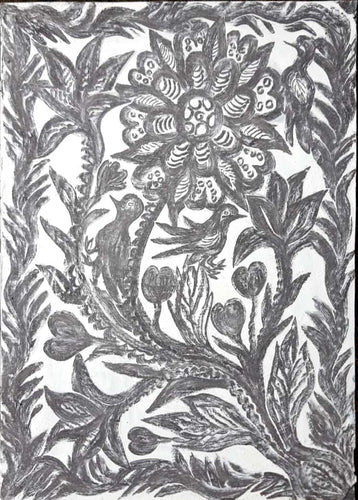 Sohrai
No products. Use fewer filters or clear all
Sohrai
No products. Use fewer filters or clear all









